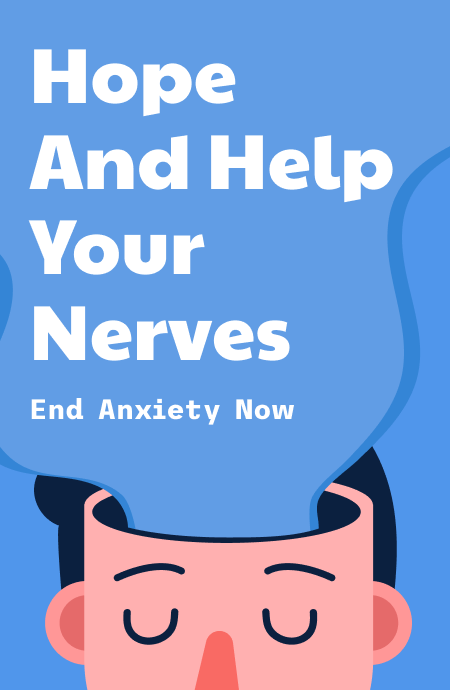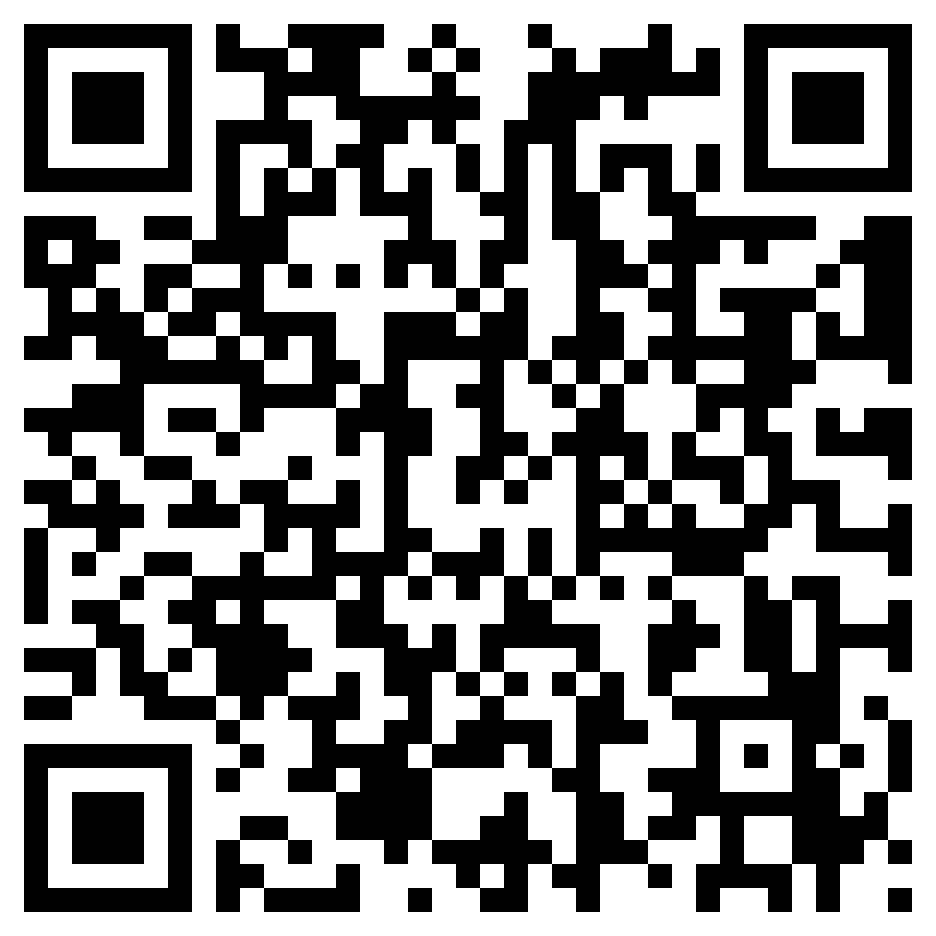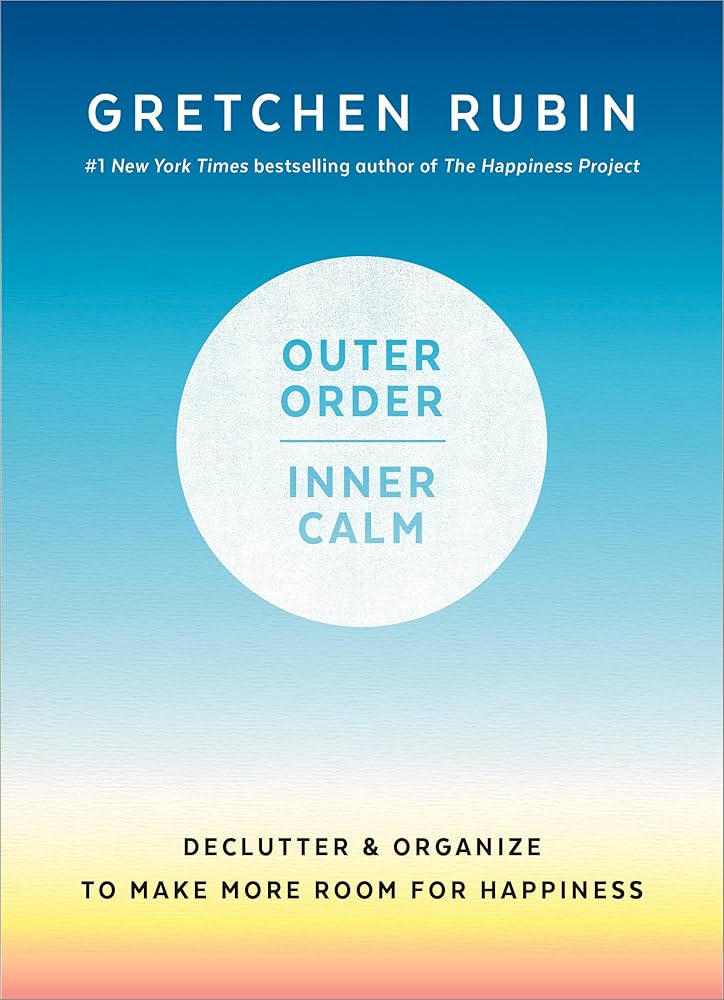Lesson 1- The Nervous System and the Problems of Fear and Anxiety
All of us are endowed with the power to achieve what we want. For that, we need to search and tap the right areas of our minds. You may either be completely unaware of such abilities or know them but lack the means to effectively use them. We need to know how our nervous system works for it all to make sense.
The nervous system consists of two main parts, voluntary and involuntary. The voluntary nerves direct the movement of limbs, head, and body, and are under our control. They mostly consist of the brain and spinal cord, from which several paired nerves arise, each ending in the muscle it supplies forming an intricate network. The involuntary nerves have their headquarters in a brain centre connected with a network of fibres lying on either side of the spinal column, from which numerous threadlike branches pass to the internal organs like the heart, lungs, intestines, etc. These nerves are not under our control and hence are of extreme importance in understanding the nervous system. The involuntary nerves can be sub-divided into two parts, namely, the sympathetic and the parasympathetic. The sympathetic sympathizes more expressively with our moods. The action of the sympathetic nerves strengthens an animal’s defences against various dangers such as extremes of temperature, deprivation of water, attack by its enemies, or any form of stress.
Fear begins as an impulse in our brain that excites the sympathetic nerves to stimulate various regions like the skin and organs like the heart and lungs to produce the signs and symptoms of fear. The sympathetic nerves do this mainly by the chemical called adrenalin, which is released at the nerve terminals in the organs concerned. Under normal circumstances, we do not feel our body functioning, because parasympathetic nerves hold the sympathetic nerves in check. Hence, we do not feel our involuntary nerves working. But when we are stressed or overexcited, the adrenalin-releasing nerves are especially stimulated and we may feel our heart beat quickly, our hands may sweat and show such other physical bodily changes.
The final or ultimate shape of this stress and anxiety is called breakdown. It is at this stage, due to some constant state of fear, that there is a gradual stimulation of adrenalin-realising nerves to produce a set pattern of disturbing sensations. These inspire more fear and the cyclic process repeats over and over again. We will look into the issue of breakdown in the next lesson.
Lesson 2- Breakdown of the System: Nervous Illness
Breakdowns among people are usually of two main
Unlock Knowledge with Wizdom App
Explore a world of insights and wisdom at your fingertips with the Wizdom app.
 1 Million+ App Download
1 Million+ App Download  4.9App Store Rating
4.9App Store Rating 5000+Summaries & Podcasts
5000+Summaries & Podcasts









